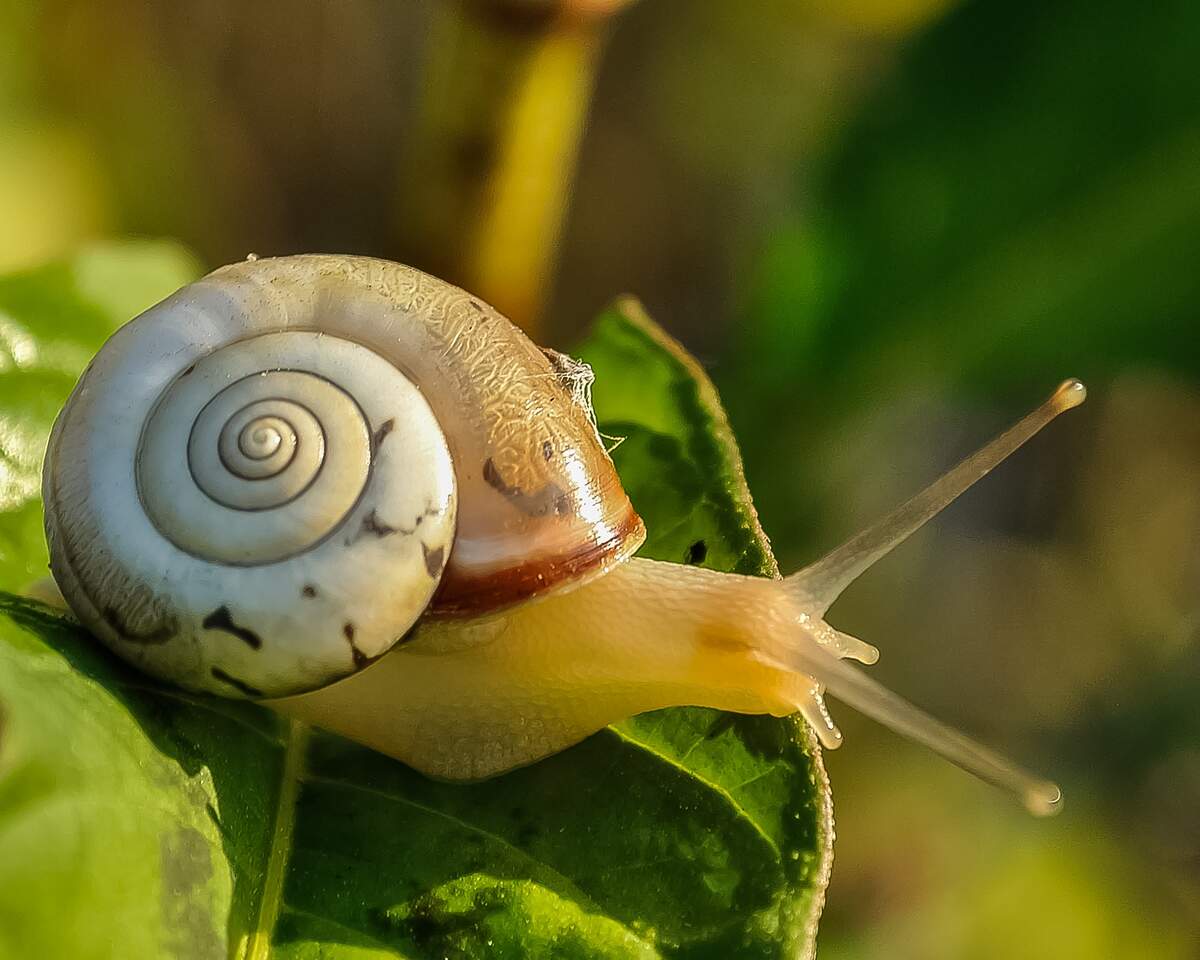

The Slugs Return From Capistrano Day
Observed
annually on May 28th
Dates
Founded by
Tags
History & Culture
Pets & Animals
Hashtags
Sources
http://www.missionsjc.com/about/swallows-legend/
https://oregonstate.edu/dept/nurspest/slugs.htm
https://web.archive.org/web/20190329035216/http://www.wellcat.com/may/slugs_return_from_capistrano_day.htm
https://www.amazon.com/dp/1598888587?tag=checkiday08-20
https://www.infoplease.com/swallows-san-juan-capistrano
https://www.mentalfloss.com/article/91588/10-slippery-facts-about-slugs
The Slugs Return From Capistrano Day was created by Thomas and Ruth Roy, who have said the following about the day: "It's a little known secret that slimy slugs spend their winters in lovely Capistrano, and return to our patios and gardens on this date. Bare feet are not a good idea." The holiday is a play on the holidays Swallows Return to San Juan Capistrano and Swallows Depart from San Juan Capistrano.
Each year around March 19, which is also St. Joseph's Day, swallows return to nest at the Mission San Juan Capistrano, an old mission in San Juan Capistrano, California, after having traveled 6,000 miles from their winter home in Goya, Argentina. The swallows travel in large groups, but "scout swallows" come before the rest by a few days. Visitors began coming to San Juan Capistrano to witness the return of the swallows in the early 1930s. Bells are rung as they return, and a fiesta and parade are held.
Father St. John O'Sullivan, who was Pastor of Mission San Juan Capistrano from 1910 – 1933, wrote in his book Capistrano Nights that he was walking through town when he saw a shopkeeper knocking down swallow nests under the eaves of their shop. O'Sullivan responded by telling the birds, "Come on swallows, I'll give you shelter. Come to the Mission. There's room enough there for all." The next day he found the swallows building their nests in the Mission's church, Father Junipero Serra's Church.
Before urbanization, the Mission had the largest buildings in the area, which is one reason the swallows continued to return to nest there each March. Two of the most prominent structures at the Mission were Father Junipero Serra's Church and the Great Stone Church. The Mission is also near two rivers, which made it an ideal place for swallows to nest, because they feed on insects and there were many there. Not as many swallows nest at the Mission as they did in the past. As a community developed around the Mission, there were other buildings the swallows could nest in and there were fewer insects. Swallow nests were also removed from the ruins of the Great Stone Church by preservationists.
On or around October 23, which is Swallows Depart from San Juan Capistrano Day, the swallows depart back to Argentina for the winter. This also happens to be the death date of Saint John of Capistrano, the namesake of the mission. He was a Franciscan preacher, lawyer, and educator. Born in Capistrano, Italy, in 1386, he died in 1456 from the bubonic plague.
But today's celebration is not about swallows returning or departing from the Mission San Juan Capistrano. Rather, it is about slugs returning to people's gardens and patios from there! According to the holiday's creators, while the swallows spend their winter in Argentina, slugs take their place at the Mission San Juan Capistrano. So how long does it take the slugs to make their journey back to your garden or patio after their winter respite? Well, banana slugs have been recorded as moving 6.5 inches in a minute, while the milky slug can travel up to forty feet in a night. If you happen to live in New York City, the distance between you and the Mission is 8,359,515 feet, or 100,314,180 inches. If a banana slug traveled nonstop from the Mission to your place of residence, it would take more than 15,432,950 minutes for the slug to arrive at your doorstep, or approximately 257,216 hours, or 10,717 days. See how implausible this is? These must be some super speedy slugs!
Slugs, in essence, are shell-less snails. There are both land slugs and sea slugs. They eat a multitude of creatures and other matter, such as algae, centipedes, insects, fungi, animal feces, carrion, and worms. They often consume a few times their weight in a day. To assist them in feeding, they use their strong jaw and their thousands of teeth, which are on a scraper-like structure called a radula. Some slugs are quite large. The ashy-grey slug of Europe is about 10 inches. Some sea slugs are even larger. The black sea hare can get up to 40 inches and may weigh 30 pounds.
Slugs have four retractable tentacles: they see and smell with two, and touch and taste with the others. However, they don't have a nose—they do their breathing out of a pore called a pneumostome. These slippery creatures secrete mucus or slime that helps them move, protects them from fungi and bacteria, helps them control their moisture level, and assists them in finding mates (they examine mucus trails of other slugs when looking for a potential mate). They secrete different types of slime. The kind that helps them move is slippery, while some is viscous and helps with traction. Their slime is produced with glands such as the pedal gland. Slugs are hermaphrodites. They start out as males and develop female reproductive organs when they are mature. Slug eggs are usually laid in late October or November and hatch in early January. Most slugs spend their time underground during the summer, and slugs are usually only active at night. The slugs that return today from San Juan Capistrano apparently are a little more active than most slugs.
How to Observe The Slugs Return From Capistrano Day
Here are a few ideas on how you can observe the day:
- Check around outside of where you live and see if any slugs have returned. Go barefoot if you dare!
- Keep some of the slugs you find outside as pets.
- Eat some of the slugs that you find outside.
- Draw some slugs and put them on your fridge, give them to a friend, or share them online.
- Visit Mission San Juan Capistrano and see if you can locate where the slugs were.
- Pick up a copy of Field Guide to the Slug or The Secret Life of Slugs and Snails: Life in the Very Slow Lane.





















